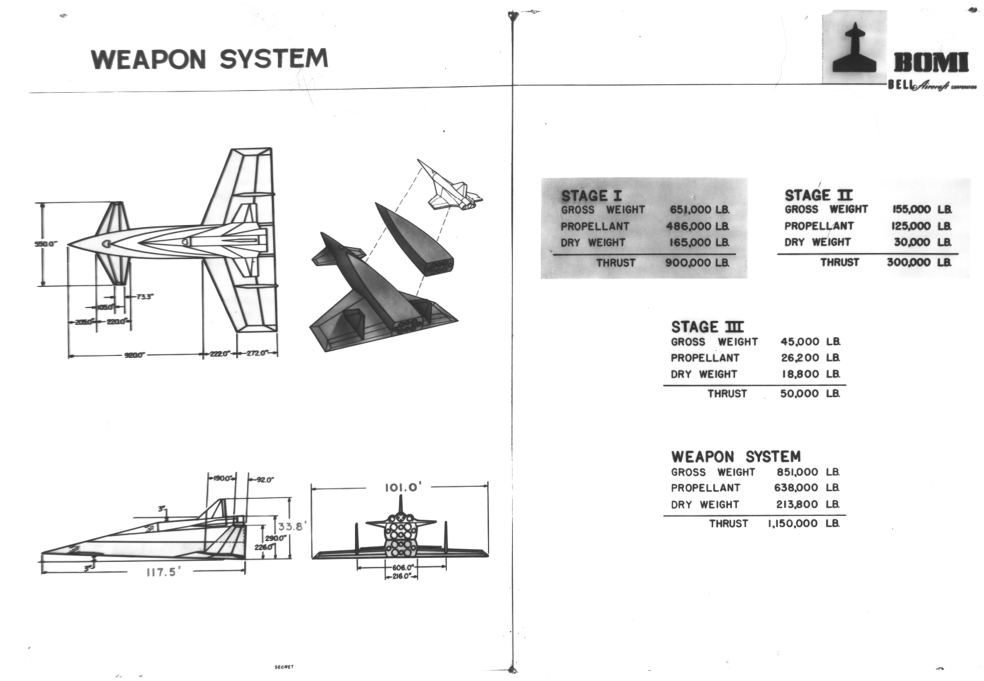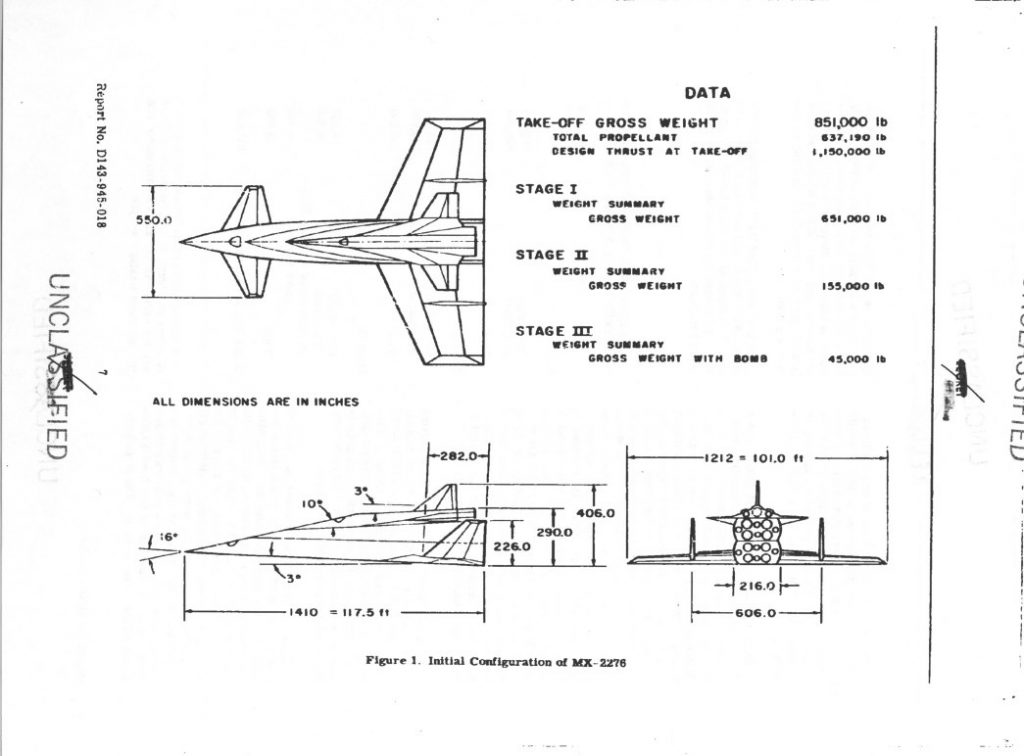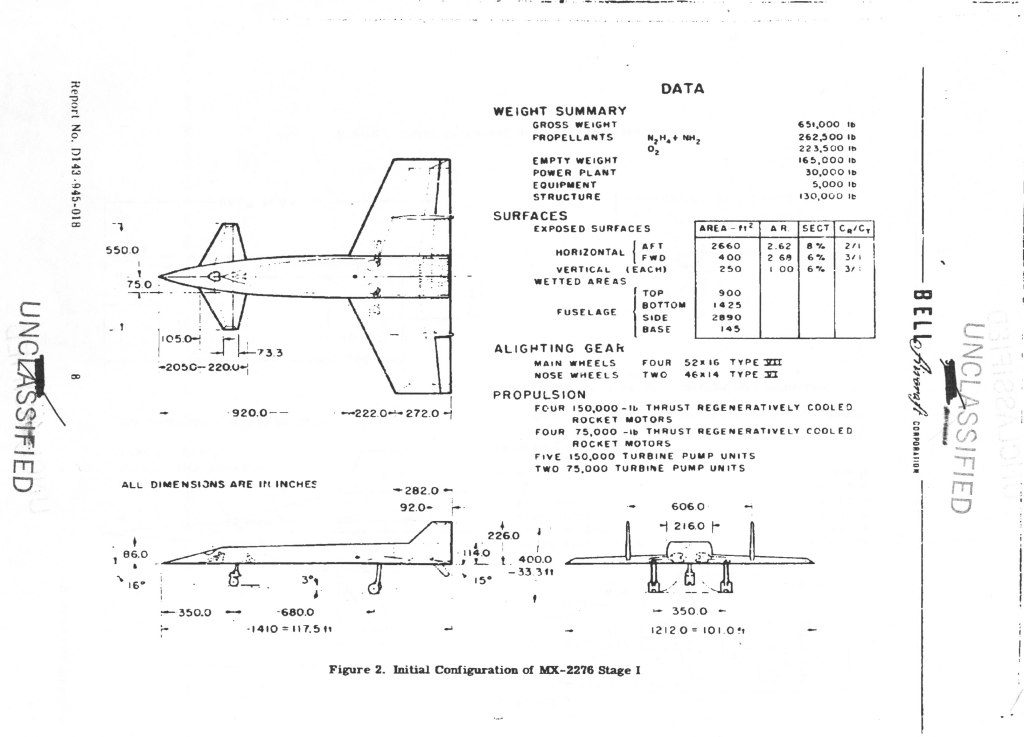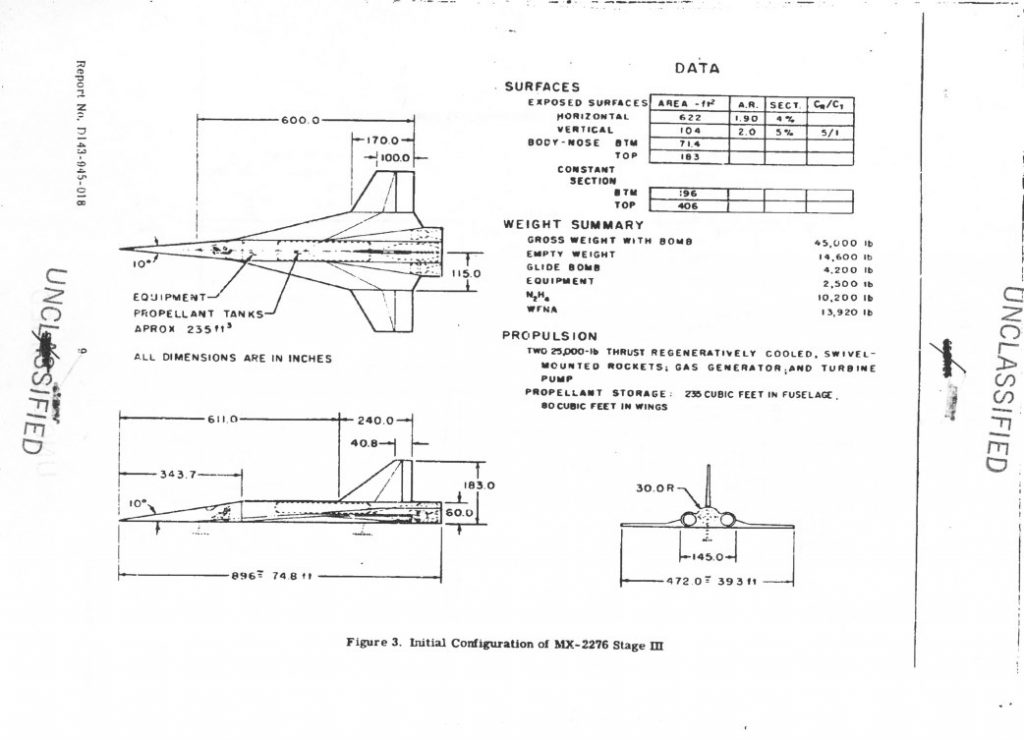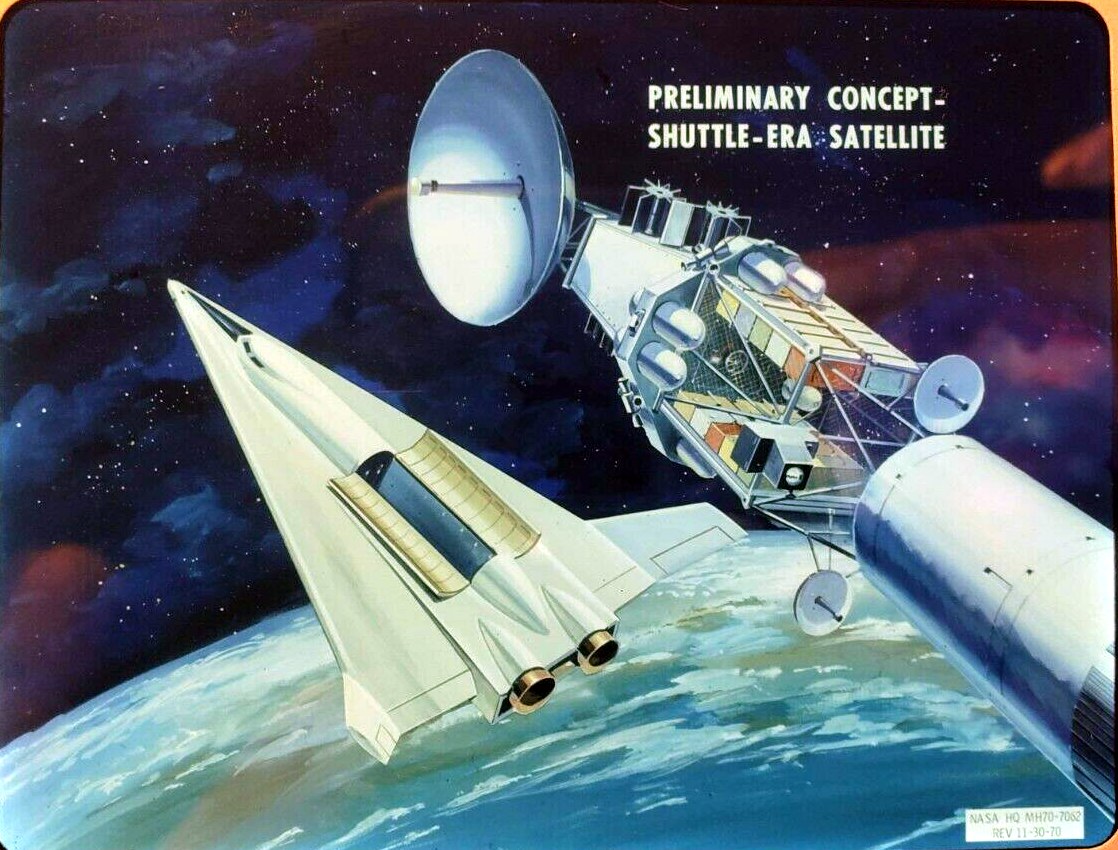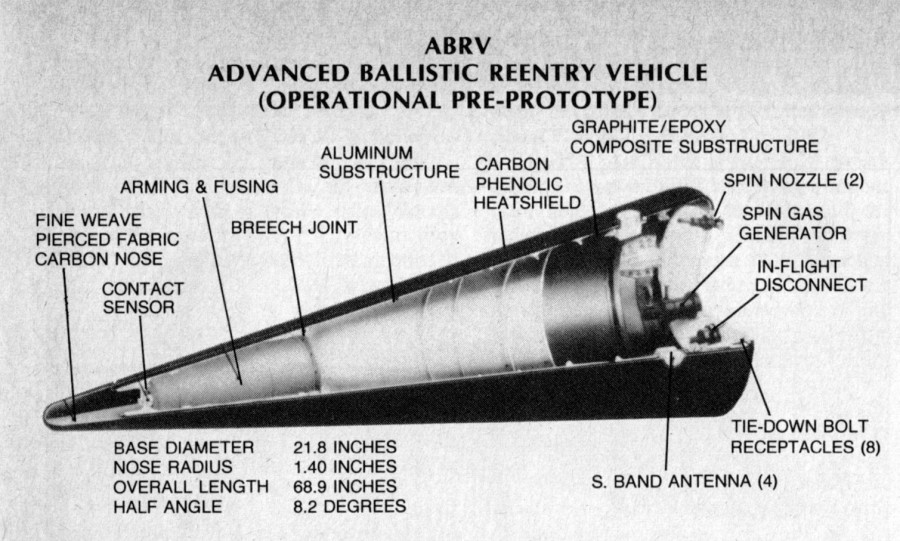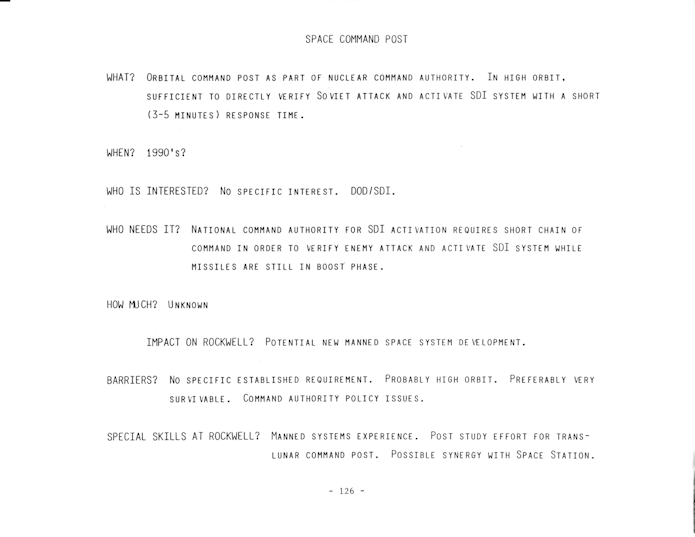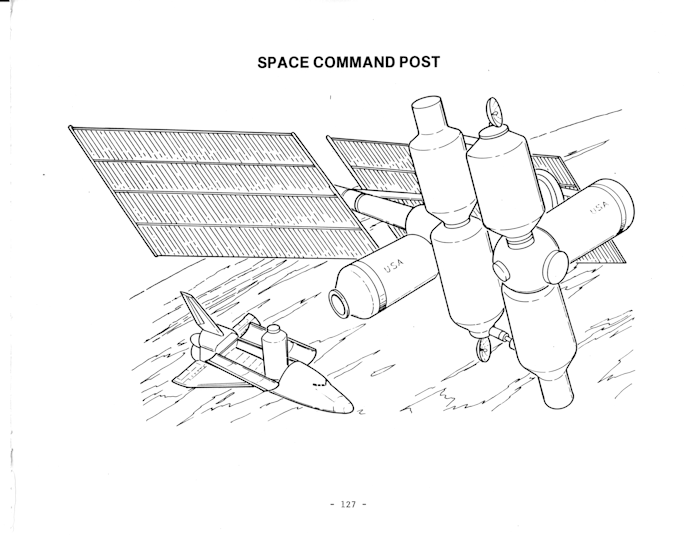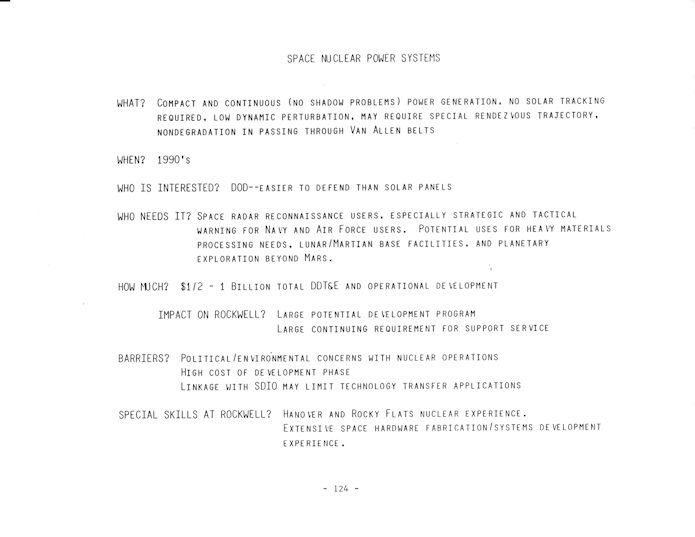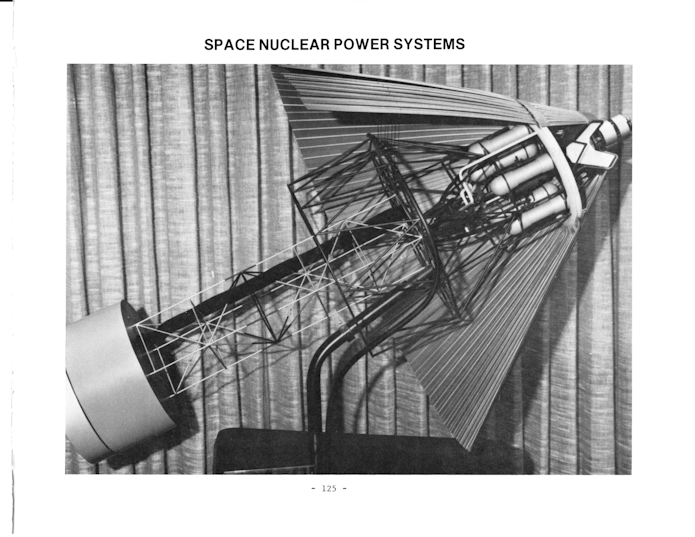For decades it has been the vogue to complain about the dropping of two atom bombs on the Empire of Japan. This has been argued ad nauseum, but I think a good summary of the better position is found in:
“Thank God for the Atom Bomb”
Written by Paul Fussel in 1981. He was an infantryman in Europe during WWII, and likely would have been killed – along with perhaps a million other American soldiers, sailors and airmen – had the A-bombs not been dropped.
The future scholar-critic who writes The History of Canting in the Twentieth Century will find much to study and interpret in the utterances of those who dilate on the special wickedness of the A-bomb-droppers. He will realize that such utterance can perform for the speaker a valuable double function. First, it can display the fineness of his moral weave. And second, by implication it can also inform the audience that during the war he was not socially so unfortunate as to find himself down there with the ground forces, where he might have had to compromise the purity and clarity of his moral system by the experience of weighing his own life against someone else’s. Down there, which is where the other people were, is the place where coarse self-interest is the rule. When the young soldier with the wild eyes comes at you, firing, do you shoot him in the foot, hoping he’ll be hurt badly enough to drop or mis-aim the gun with which he’s going to kill you, or do you shoot him in the chest (or, if you’re a prime shot, in the head) and make certain that you and not he will be the survivor of that mortal moment?
It’s very definitely worth reading.
